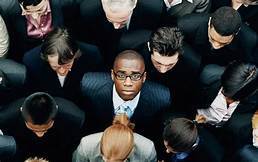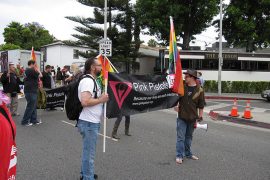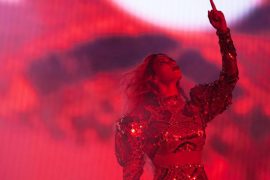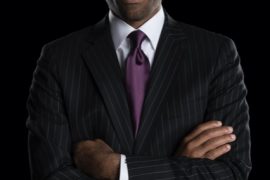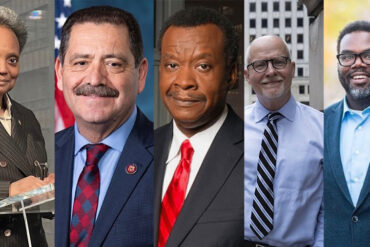There are some scholars whose prescience defies belief and imagination. Elijah Anderson, the Yale University sociologist, is such a scholar.
In 2015, he wrote a paper titled “The White Space.” The piece continues to draw knowing smiles of recognition from Blacks like myself who traverse that “Space” almost every day. But lately it also provides essential background to a flurry of infuriating news stories about race.
A boiled-down abstract of Anderson’s paper explains:
“Since the end of the Civil Rights Movement, large numbers of Black people have made their way into settings previously occupied only by whites, though their reception has been mixed. Overwhelmingly white neighborhoods, schools, workplaces, restaurants, and other public spaces remain.
“Blacks perceive such settings as ‘the white space,’ which they often consider to be informally ‘off limits’ for people like them. Meanwhile, despite the growth of an enormous Black middle class, many whites assume that the natural ‘Black space’ is that destitute and fearsome locality so commonly featured in the media – the iconic ghetto. White people typically avoid Black space, but Black people are required to navigate white space as a condition of their existence.”
Anderson’s full paper is well worth reading, but here’s one passage that all but sings the truth:
“For Black people, white spaces vary in kind, but their most visible feature is their overwhelming presence of white people and their absence of Black people. When the anonymous Black person enters the white space, others there immediately try to make sense of him or her – to figure out who that is or to gain a sense of the nature of the person’s business and whether they need to be concerned…especially in the case o a young Black male, not because of his merit as a person, but because of the color of his skin and what Black skin has come to mean, as others in the white space associate it with the ghetto.”
(Anderson’s full paper can be found at https://sociology.yale.edu/sites/default/files/pages_from_sre-11_rev5_printer_files.pdf.)
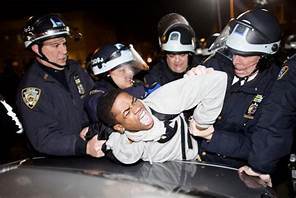
Ya’ Can’t Do That In White Space!
If all this sounds depressingly familiar, it may be because the news has been loaded lately with “white space” violations. Some of the lowlights include:
• In York, Pennsylvania, at the Grandview Golf Club, police were called to the scene by white golfers who complained that three Black women were playing too slow;
• In Rialto, California, three Black Airbnb guests were leaving with their bags when a white neighbor called the police, prompting an overhead helicopter to respond to the “robbery;”
• In Oakland, a Black man brought a grill to cook out in a park only to have a white woman call the police reporting that charcoal grilling was not allowed in that part of the park. Police wisely let the grilling continue;
• At Yale University, a white student called campus police on a female graduate student napping on a couch in a dorm commons room;
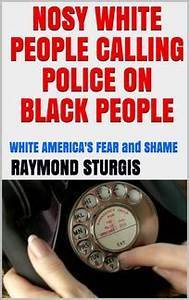
• At an Alabama Hobby Lobby, a white employee called police to report that a Black man was committing a crime. He had come there, receipt in hand, to return an item;
• At an LA Fitness gym in Secaucus, New Jersey, two Black men had the police called on them even though one was a member and the other had a guest pass. That day they happened to be the only Black people in the gym;
• In Memphis, a white woman called police on a Black man walking around the property. He was a prospective buyer inspecting the building;
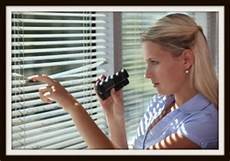
• At a Nordstrom Rack in St. Louis, a white employee called the police on three Black men for theft. They were shopping for prom clothes;
• In Philadelphia, a white Starbucks employee called police on two Black men minutes after they arrived to prepare for a business meeting.
There are many more such examples. All these incidents should have provoked widespread indignation, but only the last one got the nationwide publicity it deserved, perhaps because it was Starbucks, or because a bystander captured the arrest of the Black men on a soon-to-go-viral video, or because the entire Starbucks chain subsequently shut down for a few hours to educate staff on the proper way to treat guests.
What’s a Black person – or for that matter, an embarrassed white person – to make of all of this?
Emily Bazelon of the New York Times Magazine recently speculated that as white America becomes increasingly uneasy about the growing non-white populations around them, many are pushing back by, for instance, calling the cops when their self-perceived white space is somehow violated. Or worse.
Bazelon noted a white Starbucks customer “observing the maltreatment of the Blacks” tweeted, “All the other white people are wondering why it’s never happened to us when we do the same thing.”
The Root website gives the answer that some whites “exist in a state of racial obliviousness, from intentionally clueless to intentionally condescending.”
Bazelon observed, “A majority of white Americans currently believe that their own race is discriminated against. News accounts fill with white resentment and torchlit white power marches. White Americans who ‘seem lost’ are searching for something important: how to see ourselves without turning awful in the process.”
But while white folks are “searching,” Black people are being embarrassed, traumatized, threatened and abused. It is not enough for Nordstrom, Grandview Golf Club or Starbucks to apologize.
This brings to mind Ta-Nehisi Coates’ comment, during a recent Chicago visit, that if someone beats you with a 2-by-4 for 20 minutes and finds you are the wrong person, stops the beating and apologizes…you are still injured!
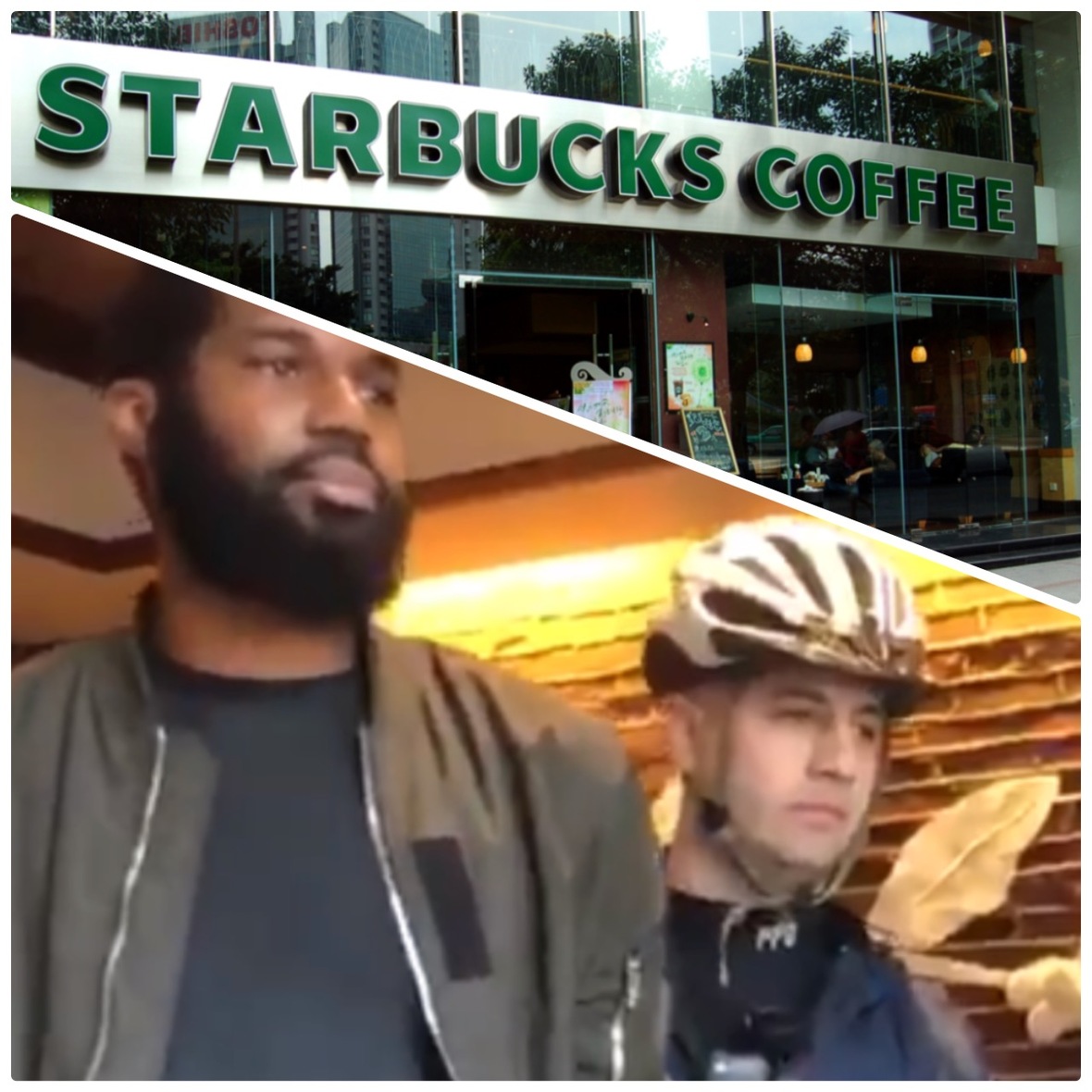
Counter Measures
So, what’s to be done? How about these measures for starters?
1. In Illinois, urge victims of “call the police on Black People” to contact the Illinois Human Rights Commission (www.Illinois.gov/hrc), or the City of Chicago Commission on Human Rights (312/744-4111), or the Cook County Commission on Human Rights (www.cookcountyil.gov). State’s Attorney Kim Foxx is updating her office’s Hate Crimes Task Force to address some of this.
2. Insist on adequate compensation for insulting and demeaning discrimination. It is not enough for Starbucks merely to apologize and have a day of “training” for staff. There are precedents for fast food chains doing damage to Black people.
In 1994, Denny’s agreed to pay $54 million to settle lawsuits filed on behalf of thousands of Black customers who had been refused service or forced to wait longer or pay more than white customers. In 2004, Cracker Barrel settled a racial discrimination suit for $8.7 million after segregating Black clients into the smoking section and denying them service.
3. Rather than cash settlements, offenders should contribute to systemic improvements to the community they’ve denigrated. How about funding a Starbucks “star” program at Urban Prep Academies here in Chicago (full disclosure: my son Tim King is Urban Prep’s Founder/CEO).
4. Tailor these compensatory programs to include part-time paid internships and pre-employment training to include client communication, customer satisfaction, customer courtesy, and product promotion. The goal is to build confidence in communicating with the public.
5. Fund a “college scholar coach” who would mentor and counsel young Black men about entering and remaining on college campuses.
6. Negotiate to establish two Black-owned Starbucks franchises here in Chicago through the Business Leadership Counsel. Starbucks doesn’t use the franchise model in the U.S., but they do in Europe, and a pilot program here would go far both to redress past wrongs and tap respectfully into the Black marketplace. If that’s not doable, how about franchises for the company’s Seattle’s Best Coffee subsidiary?
All the above do not come close to what Denny’s and Cracker Barrel cases cost their defendants, but it’s a difference in degree, not a difference in kind.
What’s more, the Lawyers Committee for Civil Rights Under Law, the West Side Justice Center, and the Cook County Bar Association should all examine the “white space” issue and consider establishing a hot line for innocent victims who have had the police called on them by white people.
Melody Spann-Cooper at WVON 1690-AM radio has a call-in number (773/591-1690) for this purpose. The specter of a class action lawsuit might accelerate a behavioral change by these franchises.
Three years ago, Yale’s Elijah Anderson more-or-less predicted what’s been happening with alarming frequency. His warning: “Today, the iconic ghetto and its relation to the white space form the basis of a potent and provocative new form of racism.”
We ignore this at our own peril.
(Paul King is a construction consultant and member of Chicago’s Business Leadership Council.)


